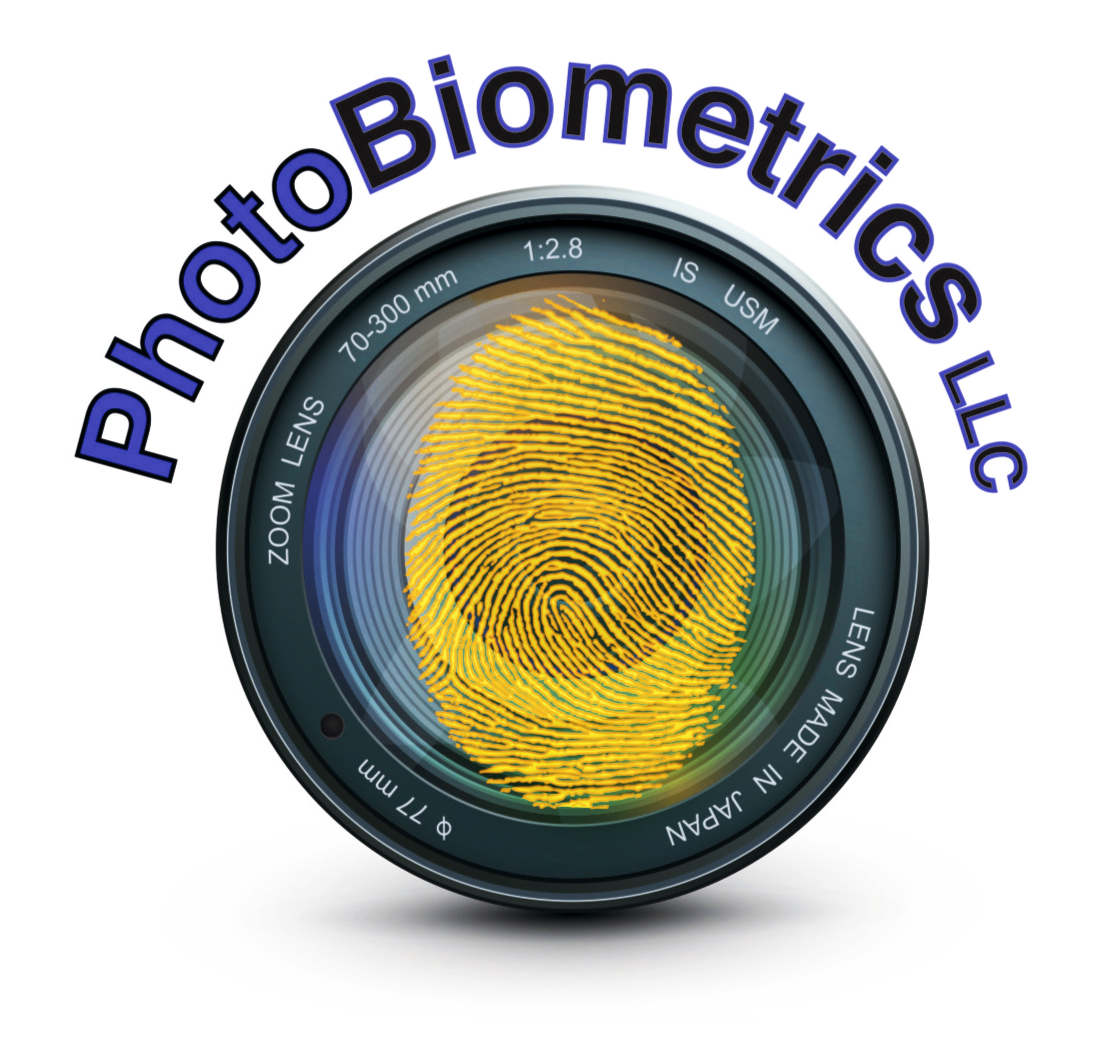Basic Digital Crime Scene and Forensic Photography for Law Enforcement
A three‐day foundation photography course for Law Enforcement professionals covering the following topics:
Day 1
- Digital camera controls, principals, and basic operation.
- Basic photographic principles and how to use them in LE photography.
- Principles of crime scene documentation.
- Photographing the crime scene.
- Exposure‐ ISO, aperture, shutter speed.
- Focus, selective focus and the hyperfocal distance.
- Depth of Field‐ controlling it and making it work for you.
Day 2
- Artificial lighting, available light and flash photography.
- Multiple flash photography.
- Photographing evidence in the laboratory setting.
- Introduction to latent Fingerprint photography.
- Painting with light for night or poorly lit crime scene/accident photography, including painting with flash.
- Lenses and perspective for accurate documentation
Day 3
- Close‐up photography‐ specialized techniques
- Foot track and tire impression photography
- Introduction to Forensic/Alternate Light Source imaging
- Introduction to the presentation of photographic evidence
- Photographic workflow for crime scene photos, including file formats
- Simple enhancement techniques to get the most out of your photos
This is an intensely hands-on course, with a lot of instructor/individual interaction. Attendees completing this class will be comfortable with photographic concepts, the controls and settings on their cameras, and how to use their equipment to accomplish the everyday tasks of crime scene and evidentiary photography. All students will engage in at least two practical exercises each day with their own camera equipment, one in the morning and one in the afternoon, on the topics taught. Before the exercises, the proper technique will be discussed, and demonstrated on-screen live through the instructors’ cameras. Student images will be projected and discussed by the class. Homework assignments will be suggested as exercises, and discussed. Students are required to bring their camera, tripod, and other working photographic equipment they use on the job. Questions are encouraged.
Includes both a printed course manual, a CD of reference material, and a CD of open source and freeware programs that allow image clarification and enhancement, scaling, display preparation, and presentation. These programs may be used in class exercises; their commercial equivalents would cost over $1,000.00 if purchased separately, and these are free to use on both students’ home and work computers.

